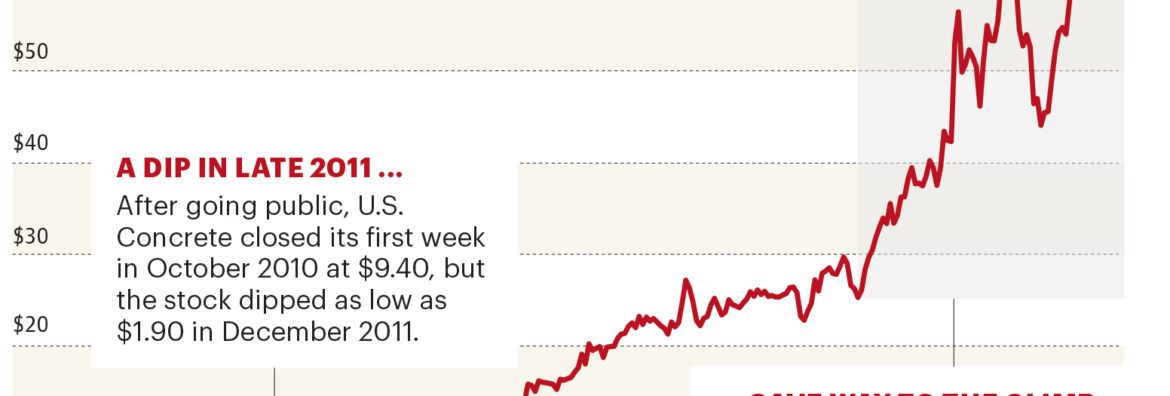Unless you’ve been living under a rock for the last few years, you’ve probably noticed there are no shortage of applications out there offering relief from your people-related woes. These apps offer everything from employee engagement to company culture, to stakeholder communications and pulse surveying and peer feedback in order to solve a wide breadth of people-related challenges in your organization.
But, where to start? If you are a business leader who has taken on the task of trying to identify the right tools for your organization, you no doubt came to the realization that there are an endless number of app companies that want to pitch you.










